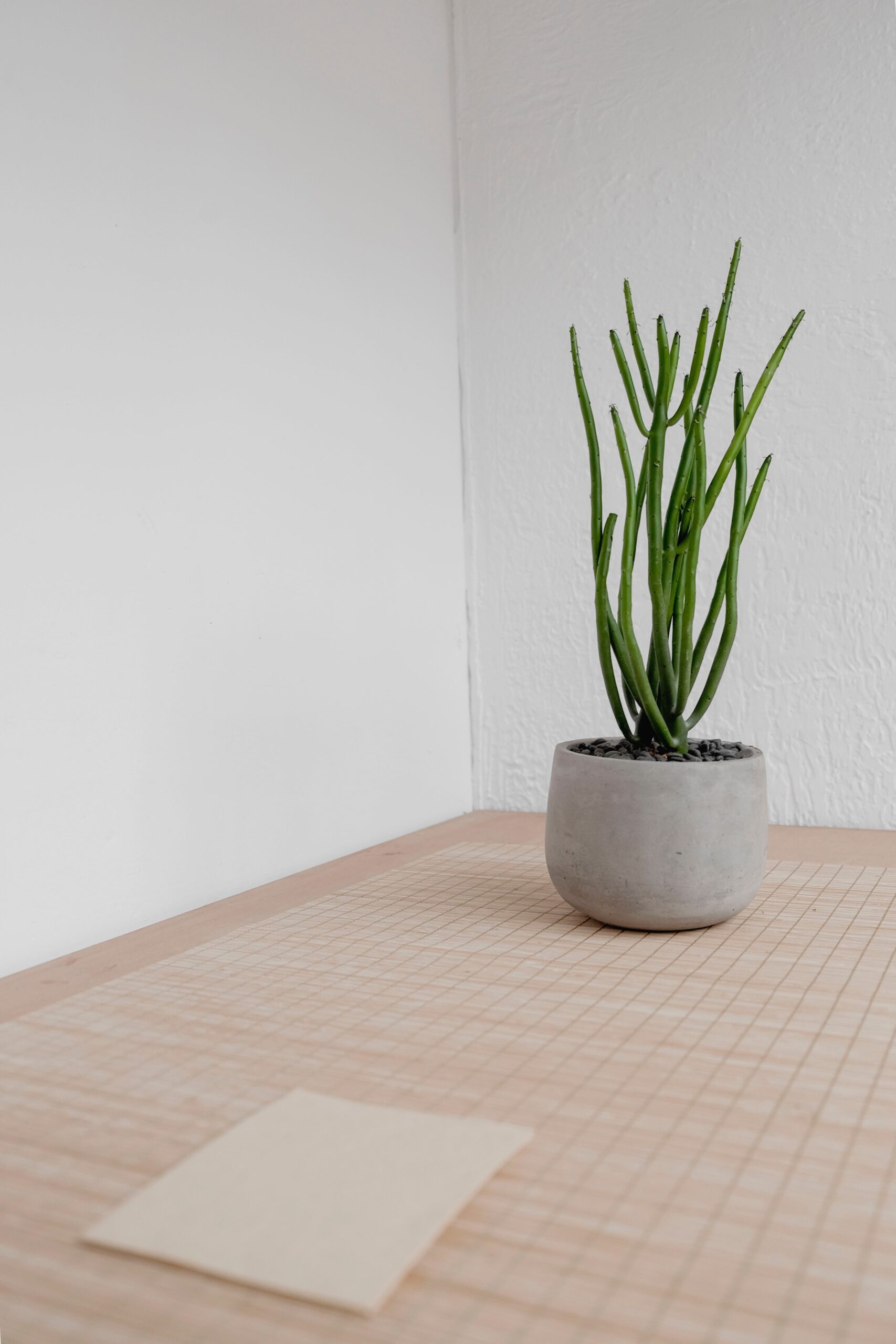Installing floor tile and wall tile can be hard to do all by yourself. The whole process of extracting the old tile from your concrete floor to making it ready for your new tile, then actually installing it, is all very challenging. Especially when it comes to the tile corners of your house, we become genuinely clueless. Don’t worry, because we have all been there at one point or another.
I am going to use my personal experience of DIY tile flooring to guide you on the most crucial and hardest part of installing floor tiles on your household, the tile corners. It is hard because of its nature; it needs to be cut in a specific manner. But, what makes it as crucial as it is? It will ensure the symmetry of the tiles in your household place where you plan on installing those tiles. And when it comes to high-quality porcelain tiles for homes, revotile is the top option.
The tile corners are the most important and difficult part of installing wall and floor tiles in your home. It is difficult to cut because of its nature; it must be cut in a precise way. What, however, makes it so important? It will ensure the symmetry of the tiles in the area of your home where you want to mount them.
What You Need For This
Before we move on to the central part of the discussion of how to tile corners of your house, you will need proper instructions. As to what kind of instruments you will be needing while going into this.
If you are reading this article, it means you are done with flooring other parts of your household space, or you know enough to be confident to do it yourself. So, I will not bother you with the redundant information on what instruments you will need to do the whole tiling job.
Materials
- Tile Corner Trim
- Thin Set Mortar
- Tile Spacers
Instruments
- Gloves
- Safety Goggles
- Drilling Machine
- Bucket
- Rubber Hammer
- Miter Saw
- Wet Tile Saw
There are two kinds of corners we must consider. One is the interior corner, and the other one is exterior corners. The reason I’m separating these two is that they require a different method to install the tile. You can also check out Comfy Home Corner for great tile saw options.
Tiling Interior Corners
First of all, you will have two options while tiling the interior corners. On the one hand, you can use the tiles as they are, or you could use a corner trim. Both ways, the operation should not be that tricky if you follow the instructions correctly.
Using Corner Trim
If you are tiling your washroom or bathroom corner trim will give it a uniquely modern aesthetic. Here are the instructions:
- Measure each tile as the walls cannot be perfectly vertical.
- If the tile is too broad, you have to adjust it with a tile nipper to fit perfectly.
- To tell whether the corner trim is plumb, use a spirit level. Adjust the trim accordingly.
- Add adhesive on the back of the tiles in order to fit them right. This should lock the plastic corner trim in place.
- To finish it off, use water-resistant grout and fill the void of the internal corners.
Without Using Plastic Trim
- Firstly, you have to use adhesive on the wall with a notched float. It makes sure that the tiles remain plumb.
- Install the tiles securing clearance space between 1/8th to 1/10th of an inch.
- To fill the void in the side corner, you can use caulk. Regular grout is not suitable for this kind of installation, as it may crack in months.
Tiling Outside Corners
Tiling the outside corners of your household space can be a pretty straightforward task given you follow the proper directions. External tile trims come in a myriad of shapes, sizes, and colors. It makes it easy to blend into any corner that you prefer.
Outside tile trim paves your way to matching the tiles to your preference. And as always, it gives off a professional and clean look that you cannot otherwise get doing it yourself.
- Keep tiling the wall or floor in a professional manner as long as you do not reach the outside corner.
- Using a cutter, adjust the length of the corner trim. It will fit right into where you want.
- Using a significant spirit level, check if the corner is plumb enough. If not, try to readjust.
- Then you have to spread tile adhesive on the wall or floor whichever you are tiling.
- Then fasten the plastic corner trim, and before that, you have to make sure the whole thing is plumb enough.
- Leave the adhesive to try after installing the corner tiles.
- And finally, apply grout.
Just like interior tile corners, you can choose not to use a plastic trim. The instructions do not change. But, it is essential to note that you might regret not using the plastic trim. Because just the addition of plastic trim gives your floor and tiles a professional look you have been looking for, that too, by doing it yourself.
Corner Tiling: A Step-by-Step Guide
Prepare the surface
This step-by-step lesson on how to tile corners walks you through the many approaches to mastering the art of tiling the outer corners.
- Installing a hard backer in the wet portions of the wall will prepare it.
- To seal the joints, apply a thin-set and paper tape.
- Make sure the joints are level and sand the surface to prevent plumb.
- If it is a brick wall, smooth away any blemishes with a scraper and use a brush to remove any residue from the surface.
- Choosing whether you will use the other techniques for tiling the outside corners or if you require a corner trim is the last stage.
Tiling the exterior corner
Making the ideal outside tile corners requires focus and patience. To ensure that no portion is left exposed, the corner must be finished properly. You must first trim the corners in order to tile your external corners neatly.
Edge corners perform best when there are three ways to join the corner. These tile corners, which are available in simple hues or polished chrome, effectively complete the task and safeguard your tiling.
To give the tile the proper length, use a hacksaw to cut the corner trim. On the return wall, apply a strip of glue, then push the tile into it. To make room for grout, the trim should now be placed in line with the tiles on the first wall. Using a trowel, add additional adhesive to the return wall. To avoid loosening or knocking off the tiles from the other wall, the step must be performed carefully.
Repetition of the whole procedure used on the first wall is required. Work away from the corner trim and take care to leave room for the grout. If necessary, you can move the tiles by using spacers to maintain the same gap between them. Recheck the trim to make sure it has not shifted and reposition it as necessary.
We outline the procedures for applying the tile trim. You may select the trim that best complements the beauty of your room because it is available in a variety of styles and colors.
Here are the precise steps for installing the tile trim
Planning
Place the trim tiles on all edges and where they meet the flooring material if you are installing the trim in the corners. As the tile trim and tile must be installed together, they should be installed at the same time.
Measuring
Where you want to place the tile trim, measure the corner and the base. You can use this to calculate how long of a trim you will require. This is a crucial step that needs to be completed correctly.
Cutting
At the base and edge of the walls, the trim should be cut at a 45-degree angle. Use a mitre box and clamps to firmly hold the trim against the sidewalls. A trim cutter or a hacksaw can be used to cut the trim. Before you glue it, make sure the connection is 90 degrees. Simply make a 90-degree cut to the trim if you don’t want to mitre it.
Adhering
Mark the area of the wall where you wish to attach the trim using chalk. After lining the area with a thick tile adhesive and applying the tile trimmings, allow the area to cure overnight.
Applying grout
Fill in any gaps in the trim with grout and allow it to cure. To increase the effectiveness of the grout, apply a sealant on its surface. Let the grout to dry for a while. The remaining tiles can then be put in place.
It is important to protect the edges when installing the tile trim. So, a quality tile installation is essential to finishing your project.
Alternative Techniques for Tiling Outer Corners
Filtering
The other choice is to milter the tile’s edges. In order to make the outside corner, you will need to link two tiles together at a 90-degree angle.
Quarter round
The external corners are finished neatly with quarter rounds. This technique works in both the kitchen and the shower. Beautiful Quarter Rounds that wrap around corners can be used to fill in gaps and cover any sharp edges.
Sharpened edge
The likelihood of the edges showing when tiling the exterior corners is a concern that many people encounter. Ceramic tile edges are frequently poorly completed, which results in a color change at the corner edge. A bullnose edge is useful in this situation.
The bullnose tile has a polished edge that is rounded somewhat. It is used to cover both of the edges of the tiles that meet each other in the outside corner since the edges are totally coated.
Finishing the Tile Corners
For every wall, complete tiles should be used to tile the exterior corners. Tiles can be butted together to form the junction, or a plastic corner might be used.
Butt joint
If the corner tiles have glazed edges, the butt joint overlaps effectively. After tiling the wall that is less noticeable, flush the entire tile with the corner. The other wall can then be tiled, overlapping the tiles to hide the first tile’s edges.
Trim in plastic corners
The plastic or chrome corner trims provide a clean finish to the edge while protecting the exterior corners from harm. You can utilize the trim around the edges.
The tile’s perforated trim base should be pushed. To ensure a good alignment with the face of the surrounding tile, use glue to round the outer edge of the trim in one of the corners.
Noteworthy points
It is simple to tile the exterior corners to give it a polished appearance. It is simple to choose the outdoor tile trim that matches your taste and style because they come in a variety of designs, colors, and shapes. Corner trimmings make your project seem better.
Tile the wall up to the corner, then use a cutter to shorten the corner so it will fit in the corner. To check if the corner is plumb from top to bottom, use a spirit level.
Apply tile glue to the wall corner and firmly fasten the plastic corner trim. It has to be level. Verify that the outer corner trim is vertical and make any necessary adjustments.
The tile on the wall will need to be adjusted throughout, leaving a little gap between the plastic corner and the tile trim. The excess glue can be removed with a sponge or dry cloth, being careful to prevent the tiles from moving. Apply the grout when the adhesive has had time to dry.


